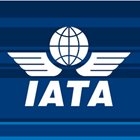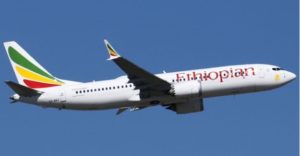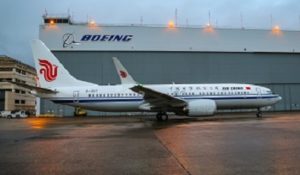IATA urges to make flying even safer , releases 2013 safety performance

Kuala Lumpur – The International Air Transport Association (IATA) has called on governments and industry to focus on partnerships, data analysis and runway safety in the ongoing quest to make flying even safer.
IATA’s Director General and CEO, Tony Tyler, made the call in a keynote address at the opening of the IATA OPS Conference, in Kuala Lumpur.
Speaking amid the ongoing search for MH370, Tyler also committed IATA to facilitate a unified industry position on global tracking of aircraft and called on governments to make more effective use of passenger data.
“In 2013, there were over 29 million flights operated on Western-built jet aircraft, with 12 hull losses. That is one accident for every 2.4 million flights and a 14.6% improvement on the five-year industry average. Accidents are rare, but the current search for MH370 is a reminder that we can never be complacent on safety. It may well a long time before we know exactly what happened on that flight. But it is already clear that we must never let another aircraft go missing in this way. And it is equally clear that governments must make better use of the passenger data that they mandate airlines to provide,” said Tyler.
“About 100,000 flights are operated safely each day. Every flight that takes off involves thousands of coordinated actions across multiple businesses and organizations. To keep flying safe, we need not only to understand and work with each other every day. We must also compare notes, collaborate and work together to build the future with a common vision,” said Tyler.
Effective data analysis is a driver of safety improvements. Historically, the major thrusts for safety improvements have come through the well-established system of air accident investigations. Accident investigation will continue to play a key role in safety, but with fewer accidents, it becomes increasingly difficult to produce trend data which is so important to managing safety.
“By unlocking data from the millions of flights that land safely each year, we can get insights to drive safety improvements even further. This is just one example of the potential for data to underpin safety programs. The way forward is to collect data from as many information sources as possible, complemented with the well-developed analytical tools to unlock critical information,” said Tyler.
IATA has established the Global Aviation Data Management (GADM) project. GADM includes data from over 600 sources, making it the most comprehensive collection of industry information, including the STEADES database, audit data from the IATA Safety Audit for Ground Operations and the IATA Operational Safety Audit. There are also contributions from many others, including the European Aviation Safety Authority, the US Federal Aviation Administration, and the International Civil Aviation Organization (ICAO).
“About a quarter of all accidents over the last five years were runway excursions. But when we take a broader look at the issue, about half of all accidents in the same five-year period are actually in the runway environment. Therefore, it makes sense to understand not only what happened when the aircraft landed, together with data from the air navigation service provider for the conditions of the landing, but also the airport data for the conditions around that runway” said Tyler.
“Speculation will not make flying any safer. We should not jump to any conclusions on probable cause before the investigation into MH370 closes. There are, however, at least two areas of process – aircraft tracking and passenger data – where there are clearly challenges that need to be overcome,” said Tyler.
Meanwhile , IATA released 2013 commercial aviation safety performance.There were 210 fatalities from commercial aviation accidents in 2013, reduced from 414 in 2012 .
“Safety is our highest priority. The aviation industry is united in its commitment to ensure continuous safety improvement. Importantly, that commitment has made flying ever safer. Accidents, however rare, do happen. We release this data as the world continues to focus on the search effort for MH370. The airline industry, its stakeholders and regulators are in the beginning of the journey to unravel this mystery, understand the cause and find ways to ensure that it never happens again,” said Tony Tyler, IATA Director General and CEO.
2013 Safety by the numbers:
More than 3 billion people flew safely on 36.4 million flights (29.5 million by jet, 6.9 million by turboprop)
81 accidents (all aircraft types, Eastern and Western built), up from 75 in 2012, but below the five-year average of 86 per year
16 fatal accidents (all aircraft types) versus 15 in 2012 and the five-year average of 19
20% of all accidents were fatal, unchanged from 2012 and below the five-year average of 22%
12 hull loss accidents involving Western-built jets compared to six in 2012 and the five-year average of 13
Six fatal hull loss accidents involving Western-built jets, raised from three in 2012, unchanged from the five-year average
210 fatalities compared to 414 in 2012 and the five-year average of 517
– IATA ( April 1 , 2014 )
















